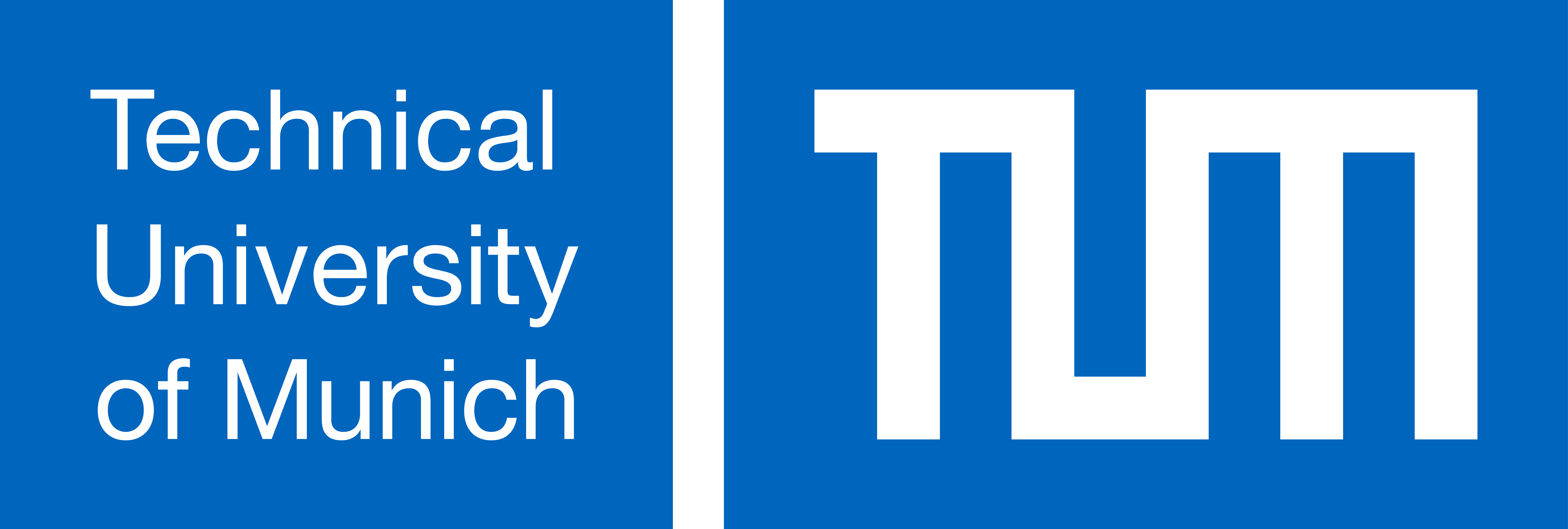About this course
Computational Medicine is a new scientific field in the intersection between mathematics, physics, biostatistics, computer science, electronics, biomedical engineering and medicine. We focus on actual clinical applications of complex, interdisciplinary solutions for problems in healthcare. Using examples from areas mostly from multiple sclerosis, obstetrics, cardiovascular disease, fall prevention/detection and sport medicine we will explore some of the following important aspects: data collection, biostatistical modelling, filtering, pattern recognition, alarms, prediction, validation, development & certification of web-based tools for clinical decision making.
Learning outcomes
At the end of the module the students are able to understand the problems and key success factors for business models in computational medicine/telemedicine with examples in selected medical areas (multiple sclerosis, obstetrics, cardiovascular disease, fall prevention/detection, exercise therapy). They are able to apply basic signal processing techniques to solve specific problems (filtering and analysis of data from mobile accelerometry/ECG). They also should be able to understand the scientific method to conduct exploratory research generating and testing hypothesis, looking at events, collecting data, analyzing information and reporting the results. In addition, it is expected that they improve their written and oral communications skills by the creation of a scientific report and holding a public presentation.
Examination
After three introductory lectures, the students work in small groups on different projects. Projects are focused on actual clinical applications from some of these areas: multiple sclerosis, obstetrics, cardiovascular disease, fall prevention/detection and sport medicine. The projects will be fixed in detail after the introductory lectures according to the special interests and expertise of the students and the resources. The work done in previous semesters are available at the website of the department to serve as orientation. In general, a project encompasses these tasks: study design, data collection, algorithm development and validation, data analysis and summary of results. Students should prepare a report (maximum 4 pages) including the details of their work as well as a set of slides for the final presentation. The The results will be presented to the audience and defended at the end of the semester. External guests are invited to attend and participate in the final presentation. The quality of the written report, the presentation and the discussion contribute each as 1/3 of the final grade.
Course requirements
Analysis, classical mechanics, fundamentals in electrical engineering, basics in social psychology, basic knowledge of R/Matlab and statistics
Resources
- " Motl RW, Weikert M, Suh Y, Sosnoff JJ, Pula J, Soaz C, Schimpl M, Lederer C, Daumer M: Accuracy of the actibelt® Accelerometer for Measuring Walking Speed in a Controlled Environment among Persons with Multiple Sclerosis. Gait and Posture (2011 Sep 22. [Epub ahead of print]) " Schimpl M, Moore C, Lederer C, Neuhaus A, Sambrook J, Danesh J, Ouwehand W, Daumer M: Association between walking speed and age in healthy, free-living individuals using mobile accelerometry - a cross-sectional study. PLoS ONE 6(8): e23299. doi:10.1371/journal.pone. 0023299 " Schimpl M, Lederer C, Daumer M: Development and validation of a new method to measure walking speed in free-living environments using the actibelt platform. PLoS ONE 6(8): e23080. doi:10.1371/journal.pone.0023080 " Scalfari A, Neuhaus A, Daumer M, Ebers GC, Muraro PA: Age and disability accumulation in Multiple Sclerosis. Neurology (published ahead of print September 14, 2011) " Daumer M, Neuhaus A, Herbert J. Ebers G: Prognosis of the individual course of disease: the elements of time, hetereogeneity and precision, Journal of the Neurological Sciences 287: S50-S55, 2009 " Ebers G., Heigenhauser L., Daumer M., Lederer C., Noseworthy J.: Disability as an outcome in clinical trials . Neurology 71 (9), 624-631, 2008 " Daumer M, Held U, Ickstadt K, Heinz M, Schach S, Ebers G: Reducing the Probability of false positive Research Findings by pre-publication Validation Experience with a large Multiple Sclerosis Database. BMC Medical Research Methodology 8:18, 2008 " Schunkert, H. et al. for the Cardiogenics Consortium: Repeated Replication and a Prospective Meta-Analysis of the Association Between Chromosome 9p21.3 and Coronary Artery Disease. Circulation 117, 1675-1684, 2008 " Daumer M, Scholz M, Boulesteix AL, Pildner von Steinburg S, Schiermeier S, Hatzmann W, Schneider KTM: The Normal Fetal Heart Rate Study: Analysis Plan , Available at Nature Precedings http://precedings.nature.com/documents/980/version/2, 2007 " Daumer M., Neuhaus A., Lederer C., Scholz M., Wolinsky JS and Heiderhoff M.: Prognosis of the individual course of disease steps in developing a decision support tool for Multiple Sclerosis. BMC Medical Informatics and Decision Making 2007, 7:11 " Daumer M, Thaler K, Kruis E, Feneberg W, Staude G, Scholz M: Steps towards a miniaturized, robust and autonomous measurement device for the long-term monitoring of the activity of patients ActiBelt . Biomedizinische Technik, Biomedical Engineering 52: 149-55, 2007 " Noseworthy J., Kappos L., Daumer M.: Competing interests in Multiple Sclerosis research , The Lancet 361, S. 350f, 2003 " Daumer M.: Online Monitoring von Changepoints in: Biomedizinische Technik, 42, Ergänzungsband 2, Verlag Schiele und Schön, S. 214-215, 1998 " Daumer M., Nahm W., Scholz M., Dannegger F., Kochs E., Morfill G.: Konzept für eine internet-basierte Datenbank zur Unterstützung von Projekten in der Biosignalanalyse , Ergänzungsband Biomed Tech, 43 (3), S. 23-27, 1998
Activities
Zunächst wir in einer Reihe von 3 Vorlesungen das Basiswissen zu den einzelnen Themen vermittelt. Darufhin erfolgt eine den Fähigeiten und Interessenslage angepassten Themenauswahl ("matching") zur Vertiefung. Kleingruppen (1-3 Studenten) führen mit entsprechender Unterstützung ein kleines Projekt durch, das am Ende präsentiert und diskutiert wird. Also ist die Lehr- und Lernmethode ein Mix aus Vorlesung, Seminar, Übung und Labor.
Additional information
- More infoCoursepage on website of Technical University of Munich
- Contact a coordinator
- CreditsECTS 6
- Contact hours per week2
- InstructorsFlorian Rattei, Cristina Soaz Gonzalez, Ricarda Baumhoer, Samarjit Chakraborty, Dennis Gölitz, Peter Hausamann, Martin Daumer
- Mode of instructionHybrid
Offering(s)
Start date
17 October 2024
- Ends6 February 2025
- Term *Winter 2024/2025
- Instruction language
- Register between26 Aug - 13 Sept 2024
Only 6 days to enrolApply now
